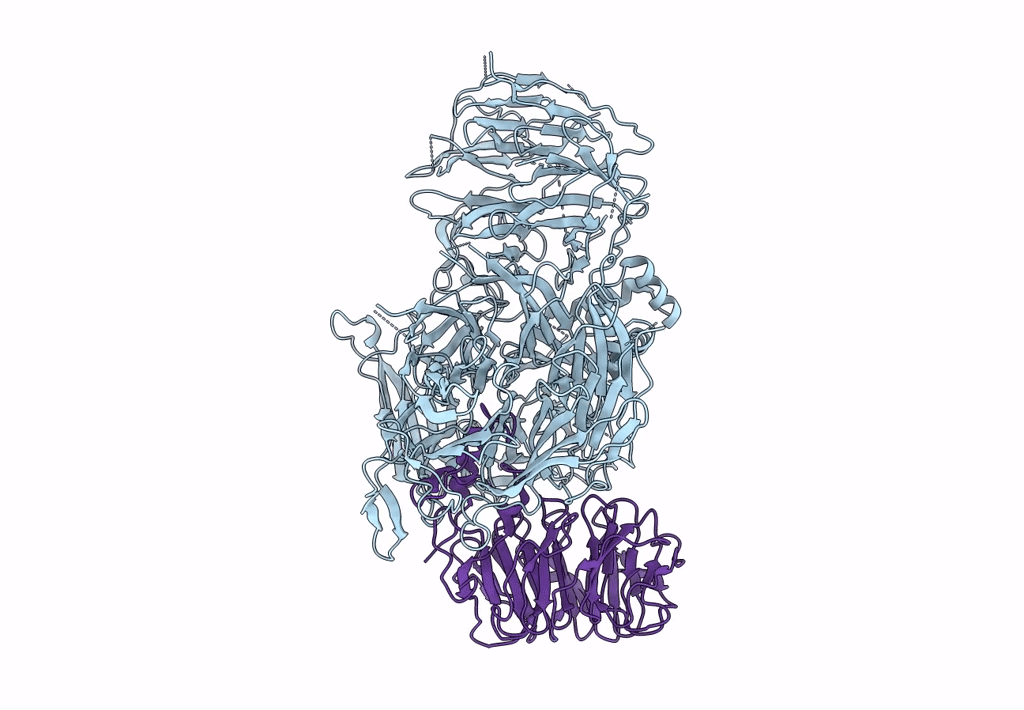
Deposition Date
2017-11-12
Release Date
2017-11-22
Last Version Date
2024-03-13
Entry Detail
PDB ID:
6BLY
Keywords:
Title:
Cryo-EM structure of human CPSF-160-WDR33 complex at 3.36A resolution
Biological Source:
Source Organism:
Homo sapiens (Taxon ID: 9606)
Host Organism:
Method Details:
Experimental Method:
Resolution:
3.36 Å
Aggregation State:
PARTICLE
Reconstruction Method:
SINGLE PARTICLE


